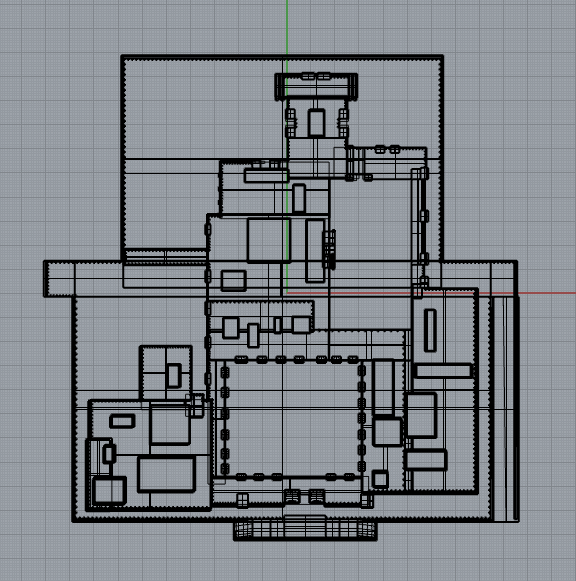Dur-Sharrukin
An attempt at recreating this capital Palace/City State in present-day Khorsabad in northern Iraq. also known as "The Fortress of Sargon" the city was built within a decade and may have altered its surrounding landscape due to the sheer amount of timber and stone needed in attempts in completing the city (note: upper rendering and depiction is not faithful to an actual landscape). Unfortunately, after Sargon's death in the battle of 705 BC, the city was never fully finished as his successor Sennacherib transferred the capital to the city of Nineveh in the south.
This was rather difficult to model in Rhino because of its complicated design, so I decided to just focus on its central building and its atriums, I skipped the complicated ziggurat and its side wings just to create a simplified version. the structure is mainly rectangular in shape but consists of multiple layers, some lessons have been learned especially when combining shapes. I had a regular issue with the boolean tool and combining surfaces to patch up holes.
To make the model easier I loosely followed the schematic and placed multiple rectangular surfaces lined up with the architectural plan and eventually extruded them to create some depth.






I'm a fan.
ReplyDelete